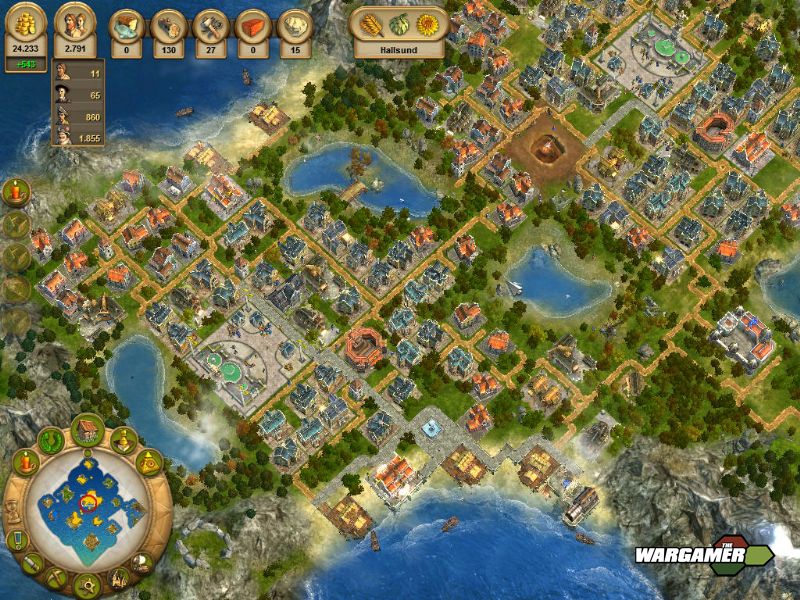
Pixel Shader 20 Directx 90 Free Download
Microsoft Download Manager is free and available for download now. Back Next The Microsoft DirectX® End-User Runtime provides updates to 9.0c and previous versions of DirectX — the core Windows® technology that drives high-speed multimedia and games on the PC. Fast downloads of the latest free software! A new theory of urban design christopher alexander pdf editor pdf. DirectX 9.0 introduces significant improvements across its suite of APIs. And Direct3D enhances low-level graphics programmability with new programmable vertex and pixel shader 2.0 models.
12 / July 29, 2015; 3 years ago ( 2015-07-29), 3D graphics API Proprietary Website Direct3D is a graphics (API) for. Part of, Direct3D is used to render in applications where performance is important, such as games. Direct3D uses if it is available on the, allowing for hardware acceleration of the entire 3D rendering pipeline or even only partial acceleration.

Direct3D exposes the advanced graphics capabilities of 3D graphics hardware, including, W-buffering,,,, color blending,, texture blending,,, atmospheric effects, perspective-correct, programmable and effects. Integration with other DirectX technologies enables Direct3D to deliver such features as video mapping, hardware 3D rendering in 2D planes, and even, providing the use of 2D and 3D graphics in interactive media ties. Direct3D contains many commands for rendering; however, since version 8, Direct3D has superseded the framework and also taken responsibility for the rendering of. Microsoft strives to continually update Direct3D to support the latest technology available on 3D graphics cards.
Direct3D offers full vertex software but no pixel software emulation for features not available in hardware. For example, if software programmed using Direct3D requires and the on the user's computer does not support that feature, Direct3D will not emulate it, although it will compute and render the polygons and textures of the 3D models, albeit at a usually degraded quality and performance compared to the hardware equivalent.
The API does include a (or REF device), which emulates a generic graphics card in software, although it is too slow for most real-time 3D applications and is typically only used for debugging. A new real-time software rasterizer,, designed to emulate complete feature set of Direct3D 10.1, is included with and with the Platform Update; its performance is said to be on par with lower-end 3D cards on multi-core CPUs. As part of, Direct3D is available for and above, and is the base for the API on the different versions of console systems. The compatibility layer, a reimplementation of several Windows APIs, includes an implementation of Direct3D. Direct3D's main competitor is Khronos' and its follow-on.
Was an attempt by Microsoft and to unify OpenGL and Direct3D in the 1990s, but was eventually cancelled. See also: includes a major update to the Direct3D API. Originally called WGF 2.0 (Windows Graphics Foundation 2.0), then DirectX 10 and DirectX Next. Direct3D 10 features an updated 4.0 and optional interruptibility for shader programs. In this model shaders still consist of fixed stages as on previous versions, but all stages support a nearly unified interface, as well as a unified access paradigm for resources such as textures and shader constants. The language itself has been extended to be more expressive, including integer operations, a greatly increased instruction count, and more C-like language constructs. In addition to the previously available and stages, the API includes a stage that breaks the old model of one vertex in/one vertex out, to allow geometry to actually be generated from within a shader, allowing for complex geometry to be generated entirely on the graphics hardware.